Your best no- and low-sugar-added recipes
brittanyw
10 years ago
Related Stories

CURB APPEALEntry Recipe: Low-Maintenance Meets Contemporary Curb Appeal in Canada
A neighborhood-appropriate mix of textures and colors invites visitors to linger as they approach
Full Story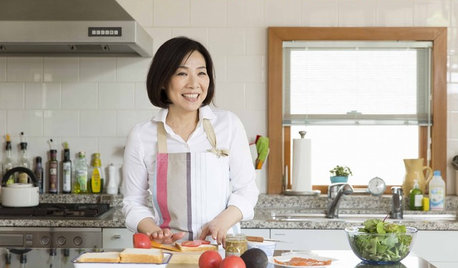
KITCHEN DESIGNWorld of Design: Favorite Recipes From Food Lovers Around the Globe
Travel with your tastebuds and experience for yourself these international foodies' favorite dishes
Full Story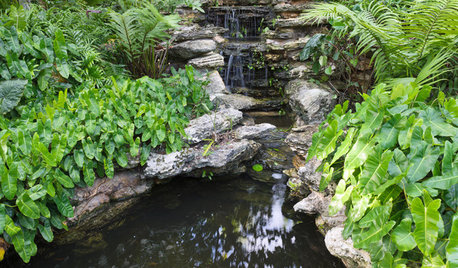
LANDSCAPE DESIGNRecipe for Tropical Edible Garden Style
Appeal to exotic good taste with fruit trees, palms and tropical look-alikes in your temperate-climate garden
Full Story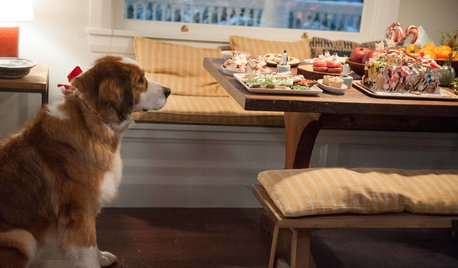
KITCHEN DESIGNChristmas Recipes From ‘Love the Coopers’
Get the recipes for dishes seen in the new movie opening November 13
Full Story0
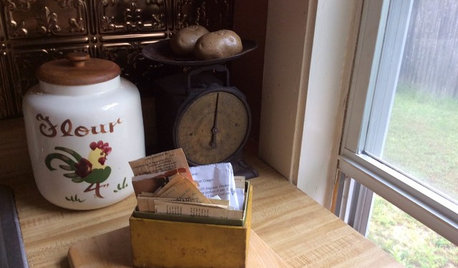
KITCHEN DESIGN5 Home Cooks Share Their Favorite Family Recipes
Peek inside the kitchens of these Houzz users and learn how to cook their time-tested, passed-down dishes
Full Story
KITCHEN DESIGNKitchen Recipes: Secret Ingredients of 5 One-of-a-Kind Cooking Spaces
Learn what went into these cooks’ kitchens — and what comes out of them
Full Story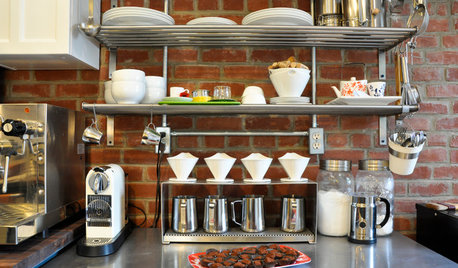
KITCHEN DESIGNSweet Ideas and a Truffle Recipe from a Chocolatier's Test Kitchen
A $2,100 budget didn't mean a half-baked kitchen redo; this confectioner just rolled up her sleeves and rolled out the improvements
Full Story
BEDROOMS9 Design Recipes for a Peaceful Bedroom
Find your bliss in these dreamy, relaxing sleep spaces
Full Story
CURB APPEALEntry Recipe: Contemporary Farmhouse Style in a Suburban Setting
This new build sets a neighborly tone with a front-yard patio and an exterior created in scale with other houses on the street
Full Story
KITCHEN COUNTERTOPS7 Low-Maintenance Countertops for Your Dream Kitchen
Fingerprints, stains, resealing requirements ... who needs ’em? These countertop materials look great with little effort
Full StoryMore Discussions






digdirt2
myfamilysfarm
Related Professionals
Braintree Landscape Contractors · Dallas Landscape Contractors · Galt Landscape Contractors · Goodlettsville Landscape Contractors · North Ridgeville Landscape Contractors · Pahrump Landscape Contractors · White Bear Lake Landscape Contractors · 07920 Landscape Contractors · Hawaiian Gardens Landscape Contractors · Ferguson Landscape Contractors · Charlotte Roofing & Gutters · Buckhead Atlanta Roofing & Gutters · Golden Valley Roofing & Gutters · Brea Driveway Installation & Maintenance · Charlotte Driveway Installation & Maintenanceballoonflower
brittanywOriginal Author
digdirt2
myfamilysfarm
florauk
nancyofnc
digdirt2
myfamilysfarm
dgkritch